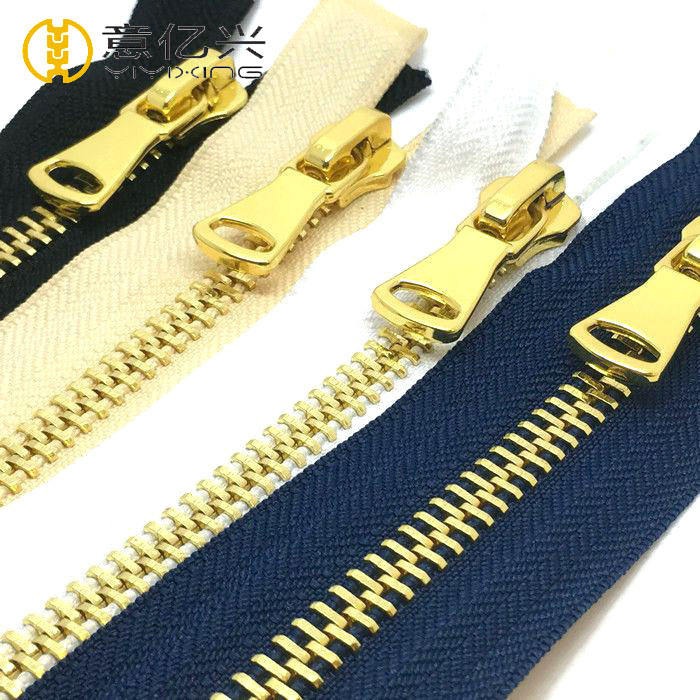Zippers are an essential component of many items, including clothing, bags, and accessories. They are used to fasten two pieces of fabric together and come in a variety of sizes, types, and materials. The quality of a zipper can greatly affect its performance and durability, and it is important to choose a high-quality zipper for your needs. In this article, we will discuss how to tell the quality of a zipper and what factors to consider when evaluating a zipper's quality.
1. Material
The material of the zipper is one of the most important factors that determine its quality. The most common materials used for zippers are metal, plastic, and nylon. Metal zippers are the strongest and most durable, followed by plastic and nylon zippers. Metal zippers are often coated with a protective layer such as brass or nickel plating to prevent corrosion and rust. Plastic and nylon zippers are resistant to corrosion and rust but may not be as strong as metal zippers.
When evaluating the quality of a zipper, look at the material of the teeth or coils and the tape. The teeth or coils should be evenly spaced and aligned and should not deform or break easily. The tape should be made of a high-quality material that is resistant to wear and tear.

2. Strength
The strength of a zipper is another important factor that determines its quality. A quality zipper should be strong enough to withstand frequent use and stress without breaking or becoming damaged. The strength of the zipper is determined by the size and material of the teeth or coils. Larger teeth or coils are generally stronger than smaller ones, and metal teeth or coils are stronger than plastic or nylon ones.
When evaluating the strength of a zipper, try to pull it apart with some force. A quality zipper should be able to withstand this without breaking or becoming damaged. Also, try to open and close the zipper several times to see if it operates smoothly and without resistance.
3. Smoothness of Operation
The smoothness of operation is another important factor that determines the quality of a zipper. A quality zipper should operate smoothly and without snagging or catching. The smoothness of operation is determined by the quality of the zipper tape, teeth or coils, and slider.
When evaluating the smoothness of operation, try to open and close the zipper several times to see if it moves smoothly and without resistance. The slider should fit snugly over the teeth or coils and move smoothly up and down without catching or snagging. The teeth or coils should be evenly spaced and aligned to ensure smooth movement.
4. Compatibility with the Application
The compatibility of the zipper with the application is another important factor that determines its quality. The right zipper should be the right size, type, and material for the item and the environment in which it will be used. For example, a heavy-duty metal zipper may be the best choice for a backpack or a winter coat, while a lightweight plastic or nylon zipper may be more suitable for a dress or a purse.
When evaluating the compatibility of the zipper with the application, consider the weight and design of the item and the environment in which it will be used. The zipper should be the right size, type, and material for the item and the environment.
In conclusion, the quality of a zipper is determined by several factors, including the material, strength, smoothness of operation, and compatibility with the application. When evaluating the quality of a zipper, look at the material of the teeth or coils and the tape, try to pull it apart with force, open and close it several times to see if it operates smoothly, and consider the compatibility of the zipper with the application. By choosing a high-quality zipper, you can ensure that your item is functional, reliable, and durable.


